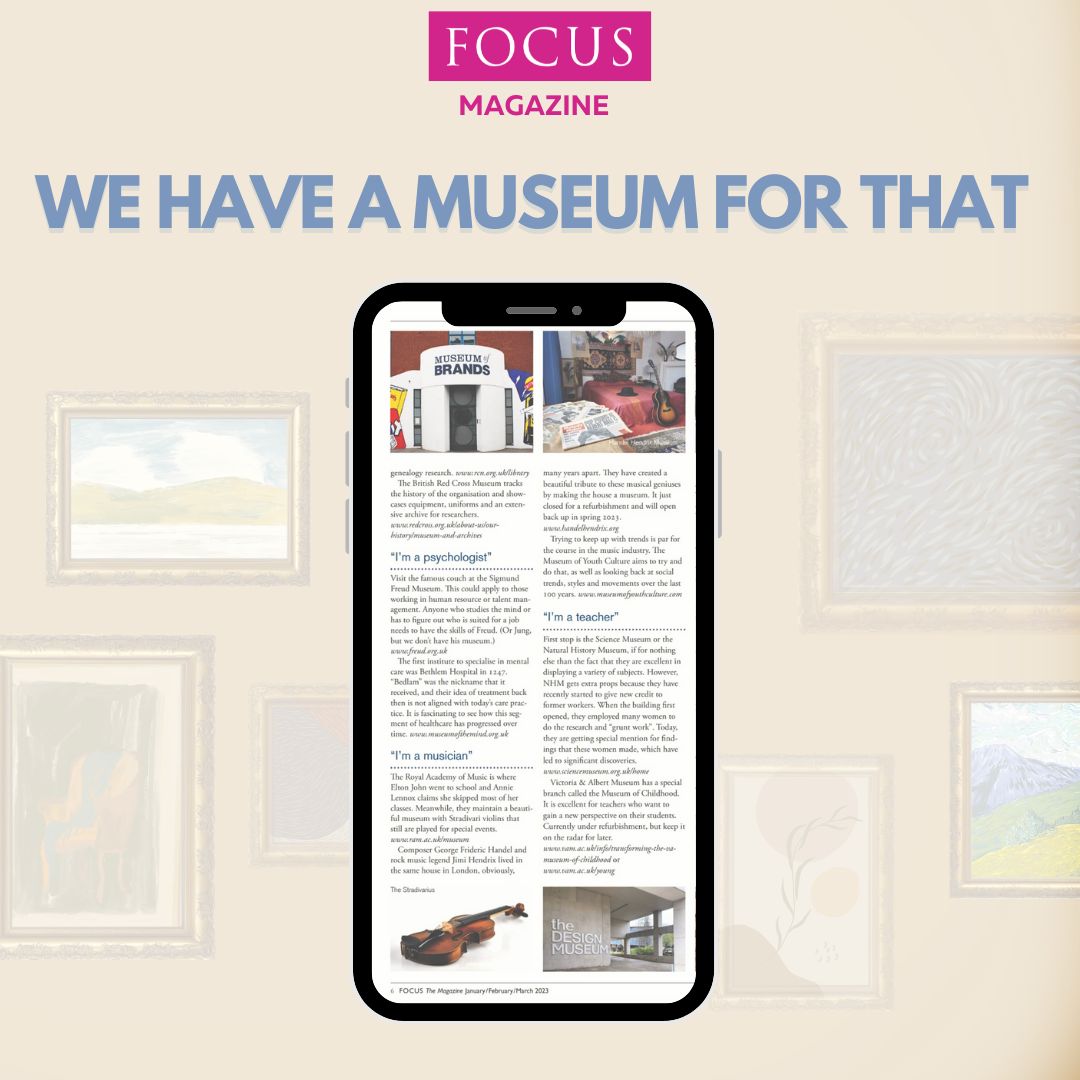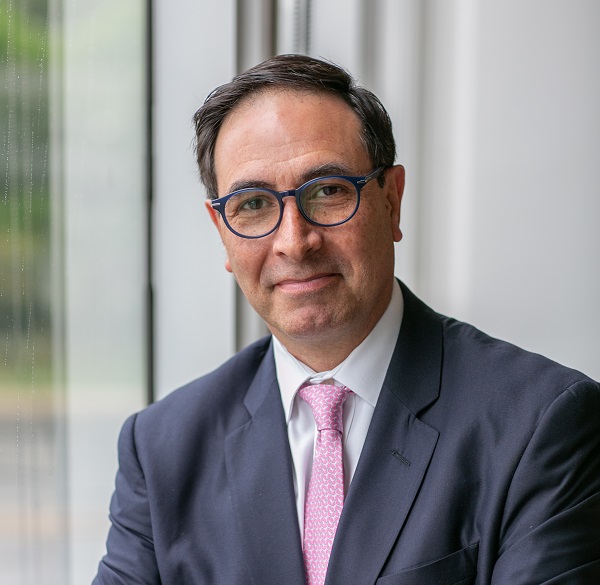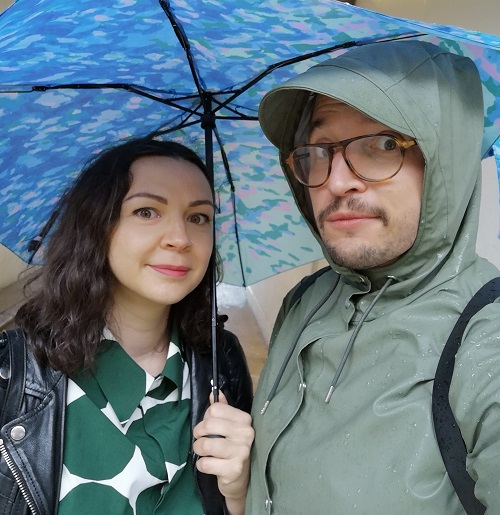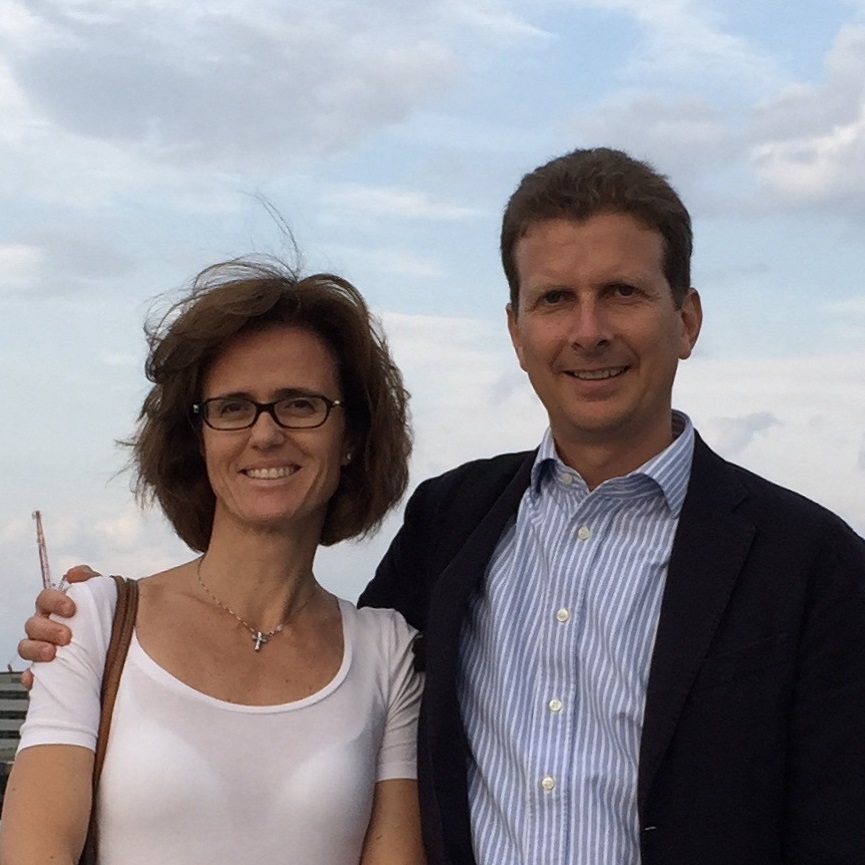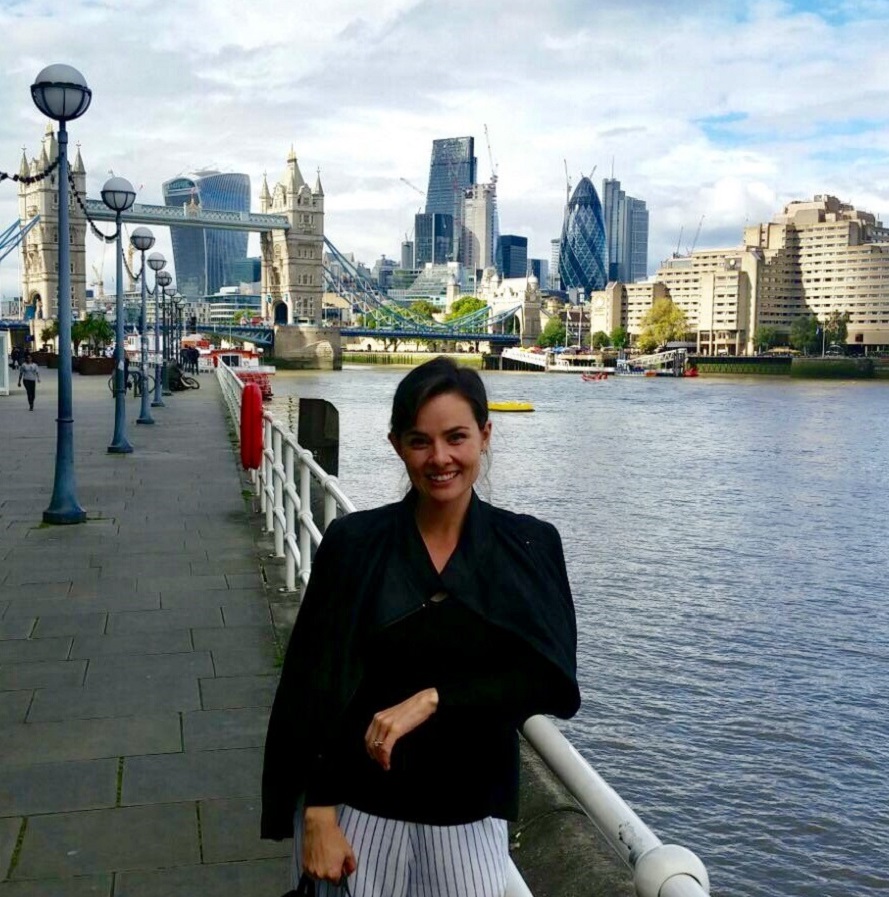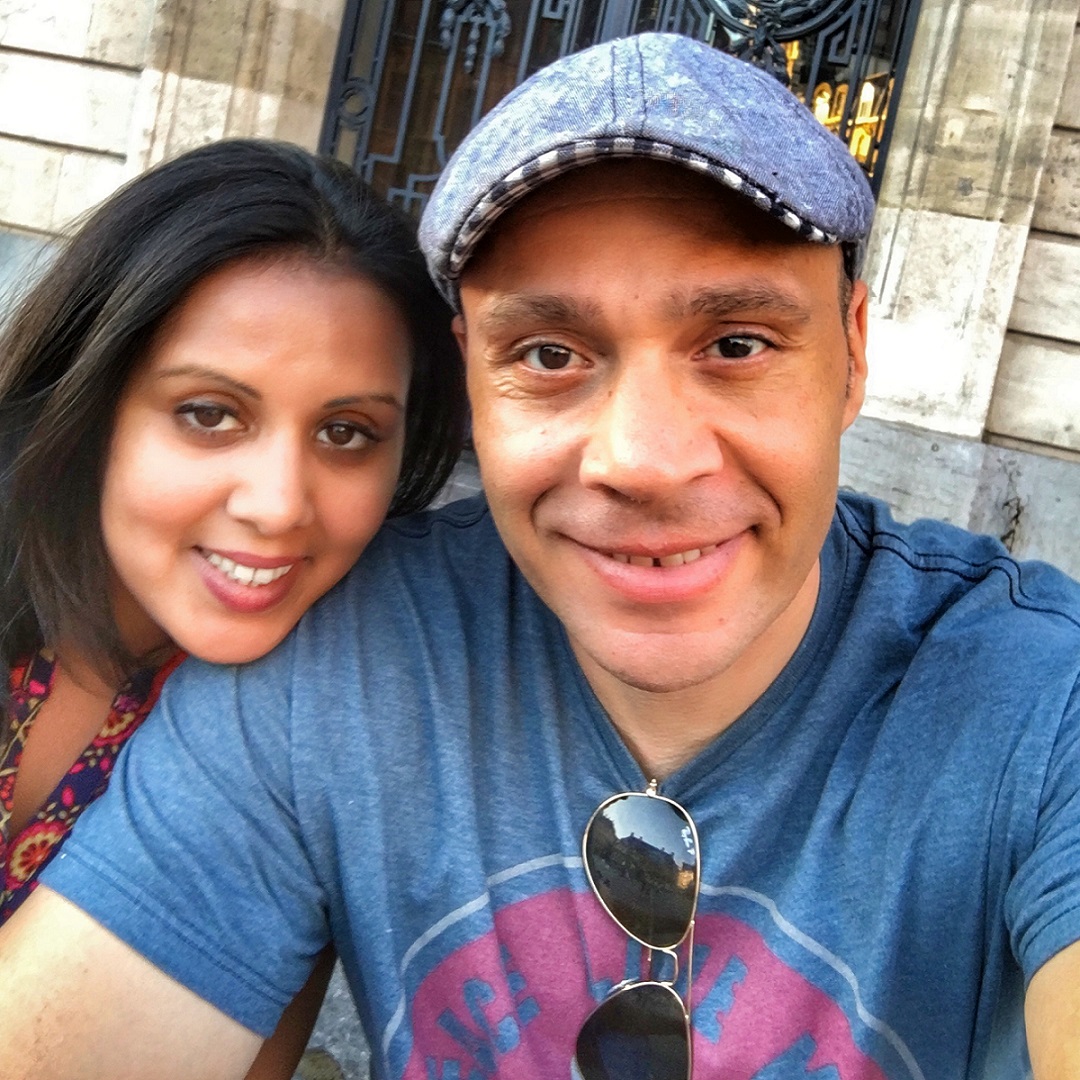London tour guide, Amber Raney-Kincade, has found over the years that in London – we have numerous nice museums, many of which have connections to different cleints professions. She started to play a game with her tour clients called, “What do you do/what do you like – we have a museum for that!” Ready? Let’s play.
“I’m a doctor”
Check out London’s top pathology museums: The Gordon Museum, Pathology Museum, and the Royal College of Surgeon’s Anatomy and Pathology Museum.
The Hunterian Museum also has 14,000 items and 500 different species, you can see a fetus in gestation for all nine months, the skeleton of a giant, various animals and human body parts, as well as Winston Churchill’s gold dentures.
Additionally, go to London’s Old Operating Theatre, located across from the Borough Market. This is where you can see an old surgical theatre and witness the instruments used to conduct surgeries 200 years ago.
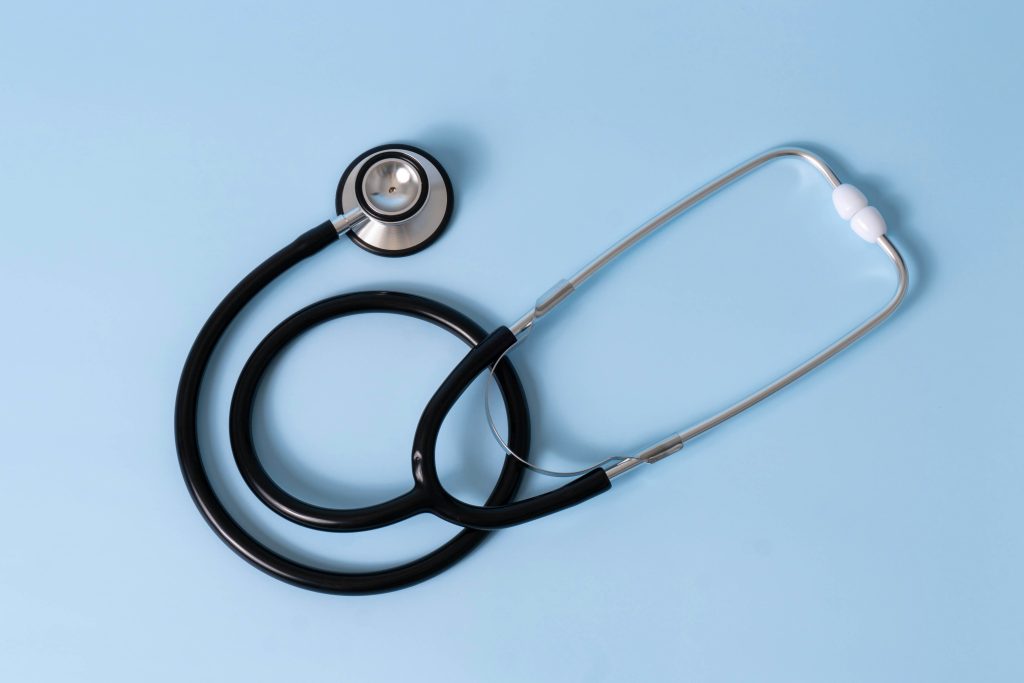
“I’m a dentist”
Make an appointment with the St Bride’s Church & Charnel House to see the remains of skills that the dental students of London used for study. Also The British Dental Museum is run by the British Dental Association and has an array of dental art, instruments and tools, teeth and dentures, as well as anatomical models.
“I’m a nurse”
The Florence Nightingale Museum is the hub for all those in the nursing profession. Nearby, you can pay homage to Mary Seacole at her statue, in front of St Thomas’ Hospital, just around the corner from Florence Nightingale.
If the “FloMo” museum is closed, try the Royal College of Nursing & Heritage Centre. More uniforms are on display here, and many stories to tell of nurses of fame or otherwise.
The British Red Cross Museum tracks the history of the organisation and showcases equipment, uniforms and an extensive archive for researchers.
“I’m a psychologist”
Visit the famous couch at the Freud Museum London. This could apply to those working in human resource or talent management. Anyone who studies the mind or has to figure out who is suited for a job needs to have the skills of Freud.
The first institute to specialise in mental care was Bethlem Hospital in 1247. It is fascinating to see how this segment of healthcare has progressed over time.
“I’m a musician”
The Royal Academy of Music is where Elton John went to school and Annie Lennox claims she skipped most of her classes.
The Museum of Youth Culture aims to try to look back at social trends, styles and movements over the last 100 years.
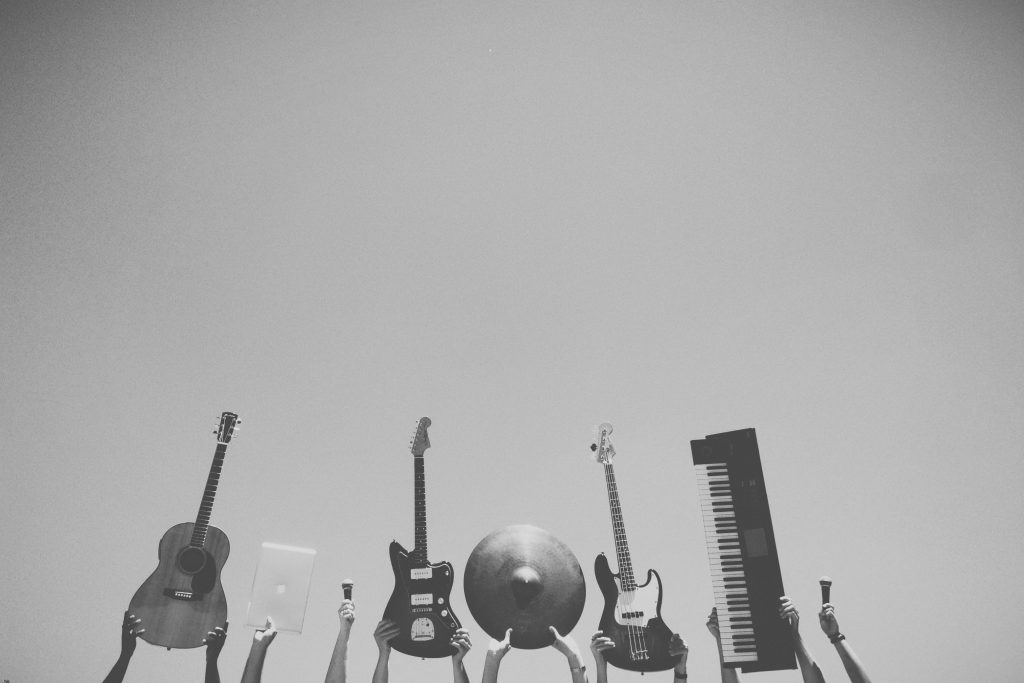
“I’m a teacher”
First stop is the Science Museum or the Natural History Museum, if for nothing else than the fact that they are excellent in displaying a variety of subjects.
Victoria & Albert Museum has a special branch called the Museum of Childhood. It is excellent for teachers who want to gain a new perspective on their students.
“I’m a lawyer”
The Royal Courts of Justice is the home of civil law, and you can take a tour inside.
The Old Bailey is the criminal courthouse, where visitors can sit-in to see cases being presented. Here is where many historic criminals were placed on trial.
Those still needing to get their fill of legal stuff can visit and explore the UK Supreme Court building.
“I’m an engineer”
The Design Museum is only a few years old and is stunning both from a building perspective, as well as the items it houses.

“I’m in the military”
Start at the Churchill War Rooms, continue to the Imperial War Museums and the hop aboard the HMS Belfast.
You can soak up more information about uniforms and battles from The Household Cavalry Museum and The Household Guard Museum.
Head north to Hendon for the Royal Air Force Museum, or even further to Bletchley Park to see where the Enigma code was cracked.
“I work in IT (informational technology)”
You will also be enamored with Bletchley Park where the code was broken, but while up there you can visit the Museum of Computer History.
Pay homage to Ada Lovelace and Charles Babbage at the new exhibit at the Science Museum. Lovelace is considered the world’s first computer programmer.
In West Dulwich there is a small space dedicated to all things wireless, meaning the early days of radio. It’s called the British Vintage Wireless and Television Museum and it is truly an Aladdin’s cave of wonderment.
“I work in marketing (also works for sales)”
We have the Museum Of Brands Packaging And Advertising. You’re be surprised at how our taste in marketing moves over time, and what types of advertising can appeal to the various generations.
“I work in finance”
The Bank of England has a museum where those interested in all things money can learn that the first pulp used in paper money was from the mulberry tree.
One of the last “open outcry” markets in London is the London Metal Exchange.

“I work in food”
If you love to bake, or eat biscuits and cake, you can try to visit the Peek Frean. It is fairly new and not yet well-know, but it is treasure trove of biscuittins, cake paraphernalia and delicious items of the past.
Their website is currently down, so call 07752-311-082.
“I’m in politics”
The obvious choice is the Houses of Parliament Tours are available and are often booked up, so reserving in advance will avoid disappointment.
“I’m a librarian”
Paying a visit to The British Library is a must, if nothing else just to look at the King’s collection.
Charles Dickens has a whole museum to cover his life and items, too.
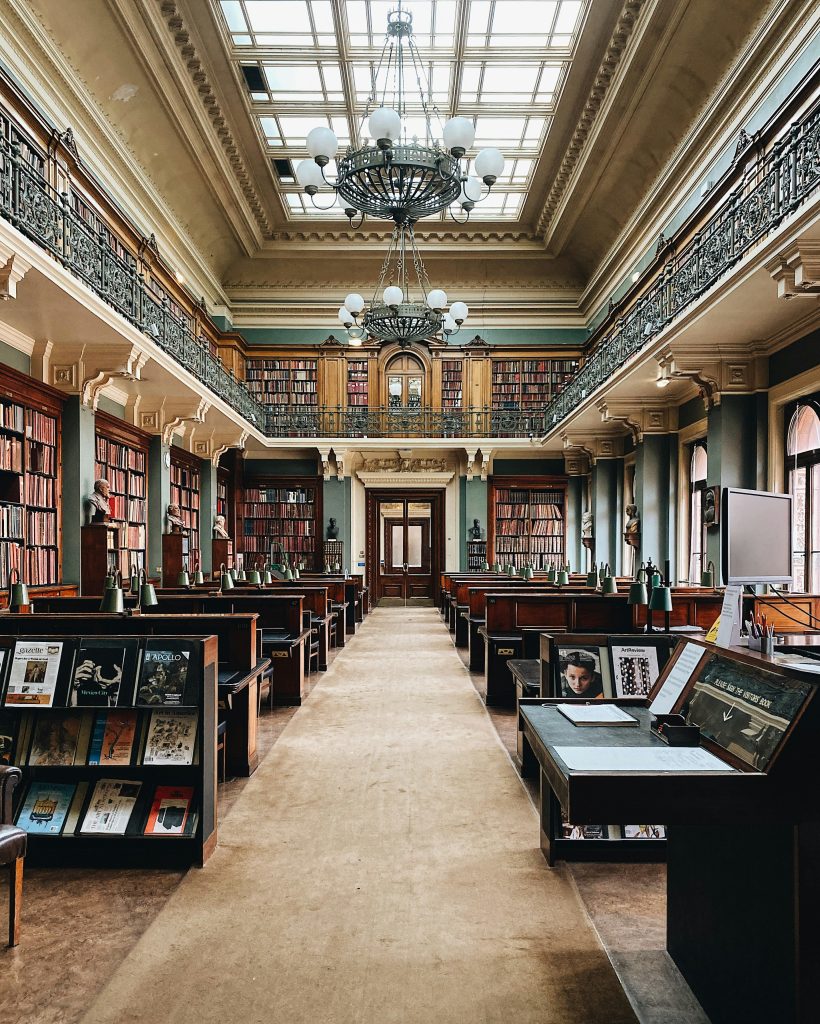
“I’m a firefighter”
London Fire Brigade Museum has good museum in their headquarters.
“I’m a police officer”
There are two police forces here in London” London Metropolitan Police and City of London Police. Both have small exhibits you can visit.
Also the Bow Street Police Museum is newly opened in Covent Garden and explores policing and criminal justice in the area.
Today the Clink Prison Museum showcases the history of this place, The Clink. In addition, you can also make reservations at The Clink Charity, restaurants in prisons run by those who are serving time.
“I work in fashion”
Down in Tooting there is the London Sewing Machine Museum, where once a month you can see a variety of old sewing machines, including one that belonged to the daughter of Queen Victoria.
Fashion and Textile Museum focuses on contemporary fashion and textile design.
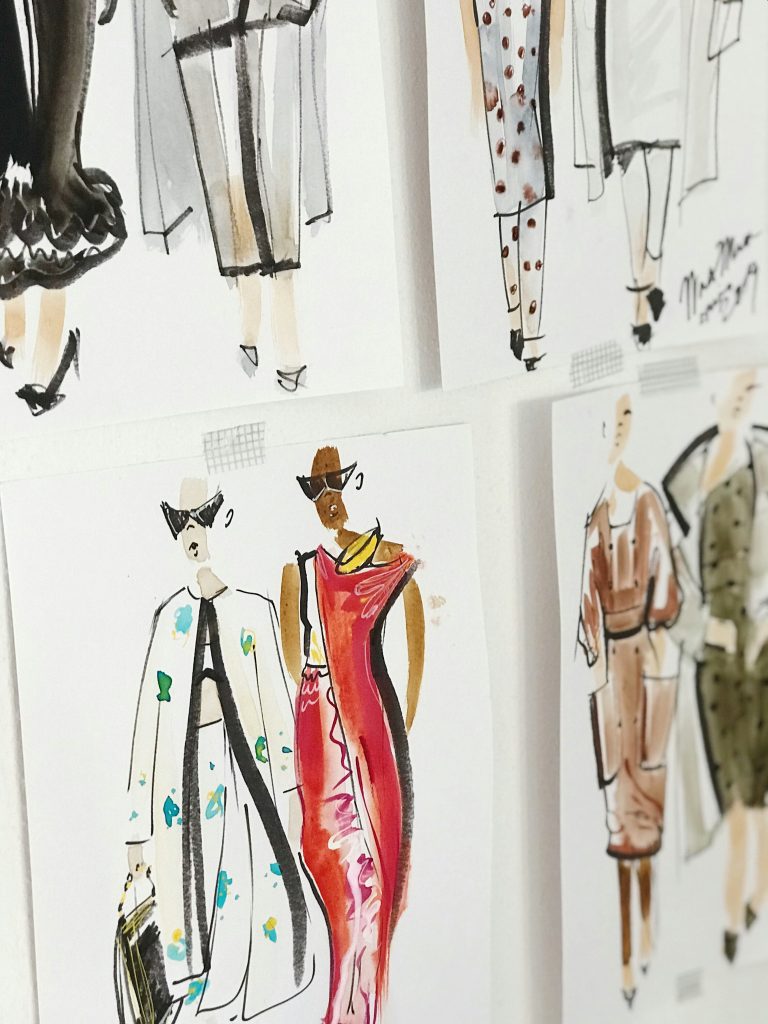
“I work from home” or “I’m a parent”
We have an entire space dedicated to what homes have been like throughout the centuries, the Museum of the Home.
The Foundling Museum in Bloomsbury is dedicated to orphans.
“I’m a graphic artist”
The Cartoon Museum looks at the political cartoons of the 1700s and how this genre evolved over time.
Mina Lima is the graphic artist team behind all of the Harry Potter movies. Their designs and work are now highlighted in their shop on Wardour Street.
“I’m a gardener”
The Garden Museum takes you through the history of gardening. Follow that with a visit to Kew Gardens, a UNESCO World Heritage site where you can view 50,000 living plants, large Victorian glasshouses, and discover tons of plants that you never knew existed.
“I work in construction”
Go to the London Transport Museum to learn how they dug up London to create the underground system. Plus, you see the evolution of the double-decker bus from a horse-drawn wagon to today’s air conditioned model.
If roads aren’t your thing, the London Canal Museum will beguile you with how coal, goods and people navigated the canals.
There is a museum dedicated to Isambard Kingdom Brunel’s life and accomplishments in Rotherhithe.
“I’m an artist”
You could spend all of your time at the National Gallery, the Victoria & Albert, The Courtauld Gallery or even The Wallace Collection to discover beautiful art.
Travel to Greenwich and discover The Fan Museum.
Still want some paintings? Visit Apsley House, the former home of Arthur Wellesley, the 1st Duke of Wellington.
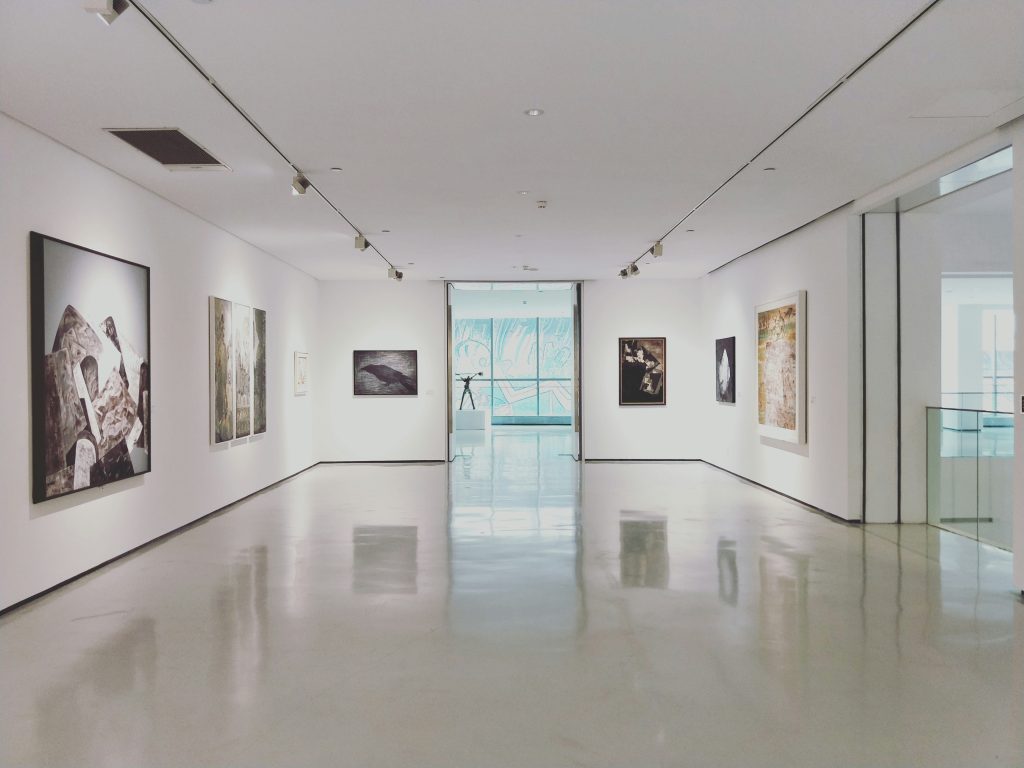
“I’m a priest/pastor/rabbi/Ishtar”
You’ll want to visit St Mary Woolnoth in the City of London.
Museum of Methodism is small but interesting, as it explores the life of John Wesley and his development of this church.
“I work in sports”
London is famous for the annual tennis tournament in Wimbledon every July. There, you can explore the Lawn Tennis Museum & Tour all year to see the history behind this sport.
Many football fans will encourage you to visit the team’s stadium. where you can often see the club’s memorabilia.
“I’m an interior designer”
Painter and sculptor Federic Leighton created an astonishing house in Kensington that is now open to the public as par of the Leighton Samson.
19 Princelet Street was home to Huguenot Weavers in the 1700s.
“I work with dead people”
The Museum of Funeral History show how rituals of a funeral have evolved over time.
“I travel for a living”
Visit the Sir John Soane’s Museum. Soane also loved to travel the world and collect things. They are all still on display.

Enjoyed playing Amber Raney-Kincade’s game, we have a museum for that? Want to explore more travel guides? Go visit FOCUS’s website for more insightful articles and feel free to check out Amber’s website: American Tour Guide!
Photos courtesy of: Unsplash
